A Makerspace Case Study
Over the past decade, makerspaces have become more and more commonplace in our schools and libraries. Fostering creativity, innovation, and experiential learning across every field of study, these engaging spaces make learning fun, encourage critical thinking, and build student confidence. From the simple manipulatives of art supplies and Legos to high-tech equipment such as laser cutters, 3D printers and CNC machines, makerspaces offer a wide range of creative resources.
At their core, all makerspaces share the common purpose of providing a collaborative environment for “thinking, learning, doing, creating, producing, and sharing…that takes advantage of multiple learning styles.”** Yet every makerspace is a unique response to the specific character, curricula and needs of its institution.
** Loertscher, D.V., Preddy, L., & Derry, B. (2013). Makerspaces in the school library learning commons and the uTEC Maker Model. Teacher Librarian, 41(2), 48 – 51.
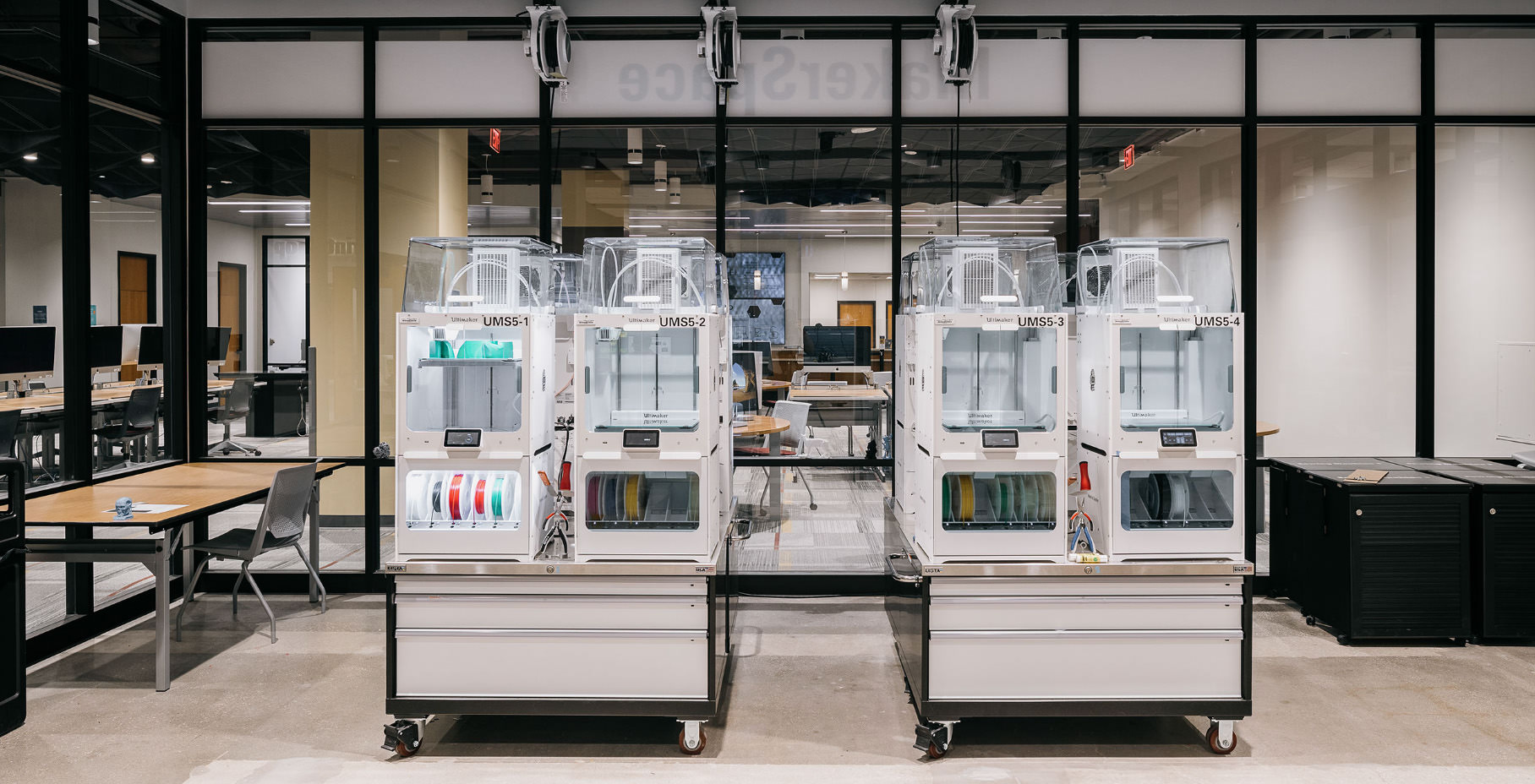
At their core, all makerspaces share the common purpose of providing a collaborative environment for “thinking, learning, doing, creating, producing, and sharing…that takes advantage of multiple learning styles.”**
Schools and Universities commit significant resources to state-of-the-art technologies and equipment to create makerspaces for their students, faculty, and community. Without proper planning, promotion and administration, these spaces run the risk of underutilization and obsolescence once the novelty wears off.
The Alkek Library at Texas State University resolved to mitigate these challenges and activate their makerspace with diverse opportunities, programming and support in the design and construction of the Learning Commons Renovation.
Case Study: Alkek One
As part of a multi-phase renovation of the Alkek Library, Texas State University expressed the desire to provide immersive technologies for student and faculty content creation.
The vision included a series of interrelated spaces for creating, capturing, coding, programming, producing, and editing content. That vision led to the transformation of the library’s first floor into an environment dedicated to dimensional, visual and physical exploration, supported by a community of experts to enhance the University’s educational programs.
At its essence, Alkek One is a social learning network of unique spaces and programs designed exclusively to support maker culture where students, faculty and the community can design, test, and fabricate their own imaginings.
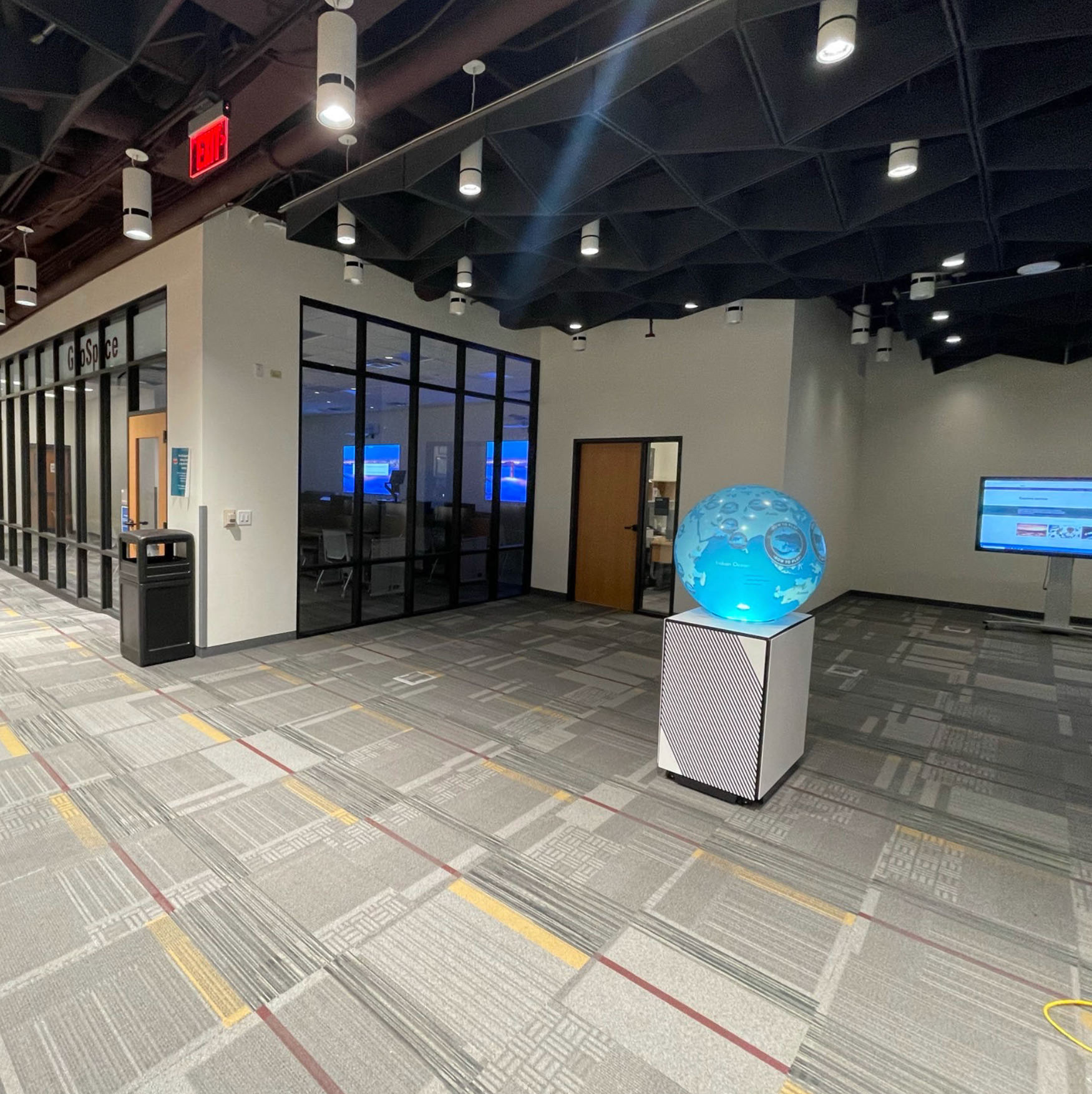
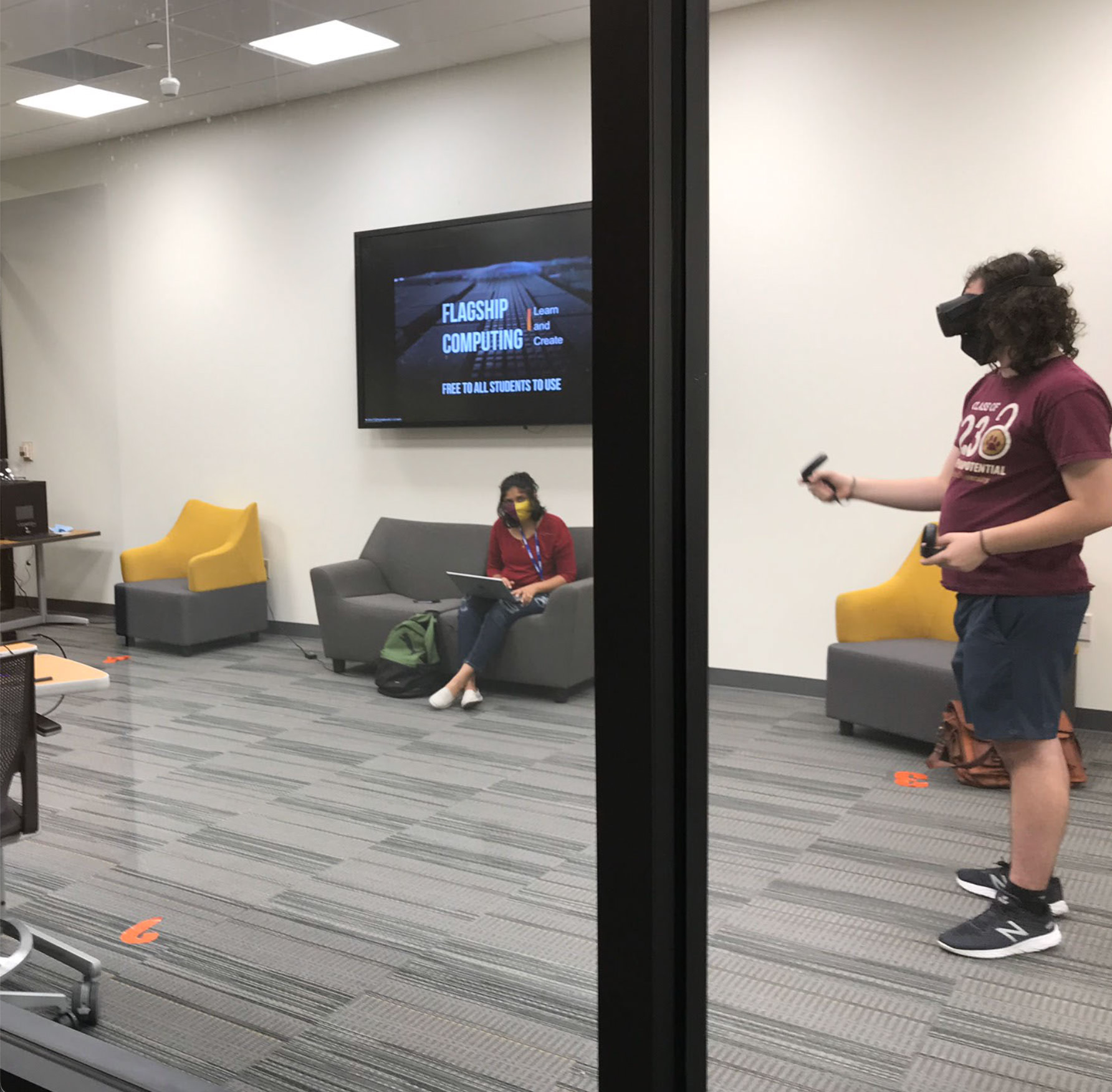
Dimensional Exploration (GeoSpace)
Building on geospatial technologies such as Geographic Information System (GIS) technologies, remote sensing and GPS, the GeoSpace Center allows students to explore data in unique ways by adding multi-dimensional data to traditional 2-dimensional information.
This center allows students to explore applications as they relate to digital humanities and STEAM curricula, as well as how geospatial technology benefits real-world decision-making across a wide array of disciplines.
Visual & Digital Exploration (ImmersionStudio)
Alkek One’s Immersion Studio, the X-Reality Center, looks beyond the current technologies of virtual, augmented, and mixed realities to allow students to imagine the future of human interaction through immersive technologies. Providing new ways of seeing, hearing and sensing media, students explore and test their concepts through multi-modal simulation.
Designed as a flexible space to accommodate rapidly evolving technology, the X-Reality Center encourages students to explore this emerging field and tap into its unknown potential.
Physical Exploration (MakerSpace)
Envisioned as the creative manufacturing center, the MakerSpace provides a wide array of tools for creativity and innovation. Supporting additive, subtractive and smart manufacturing, students bring the projects created in other Alkek One spaces to life.
From low-tech sewing machines and soldering guns to state-of-the-art 3D printers, laser cutters and CNC machines, if students can dream it, they can create it.
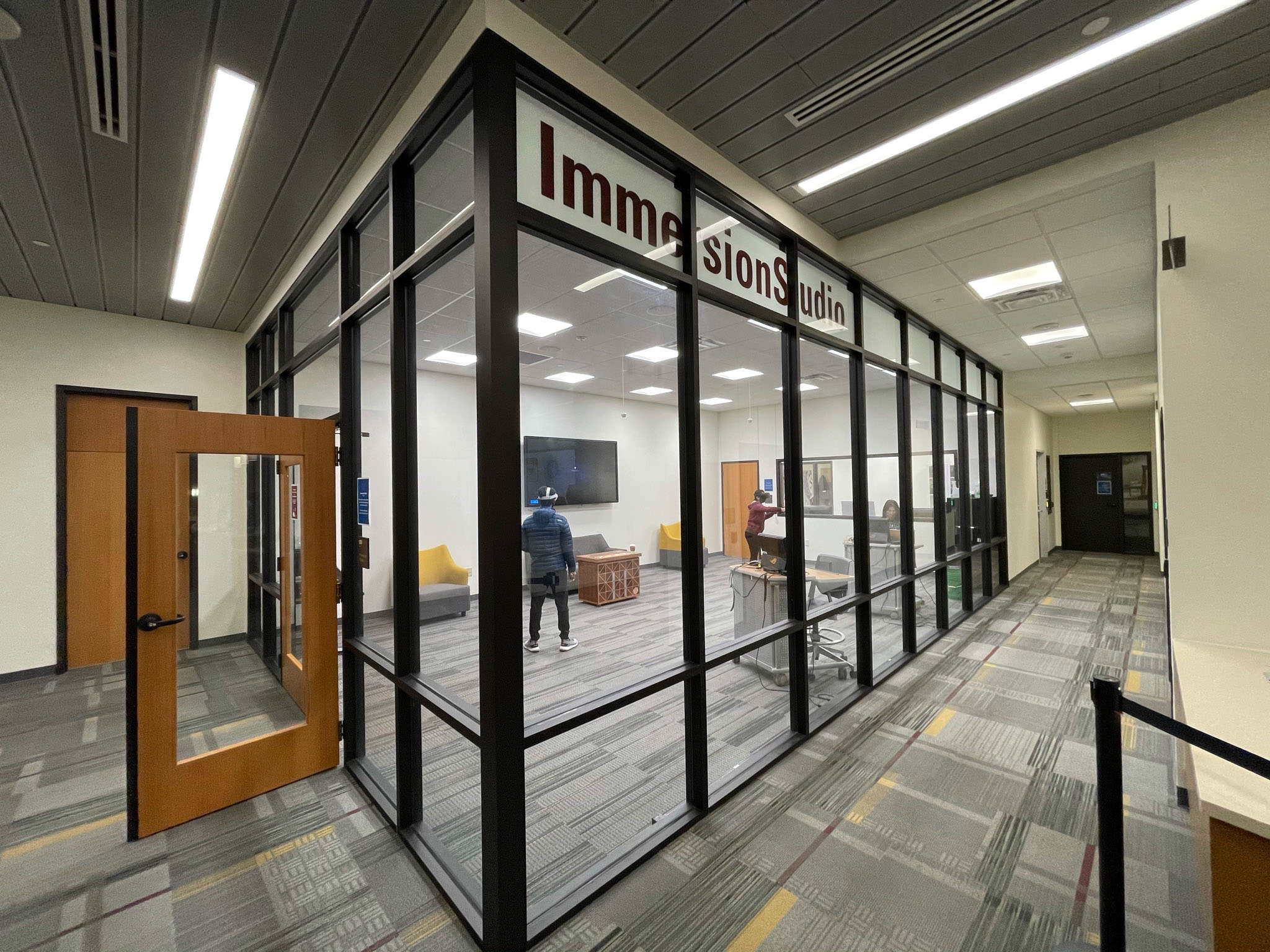
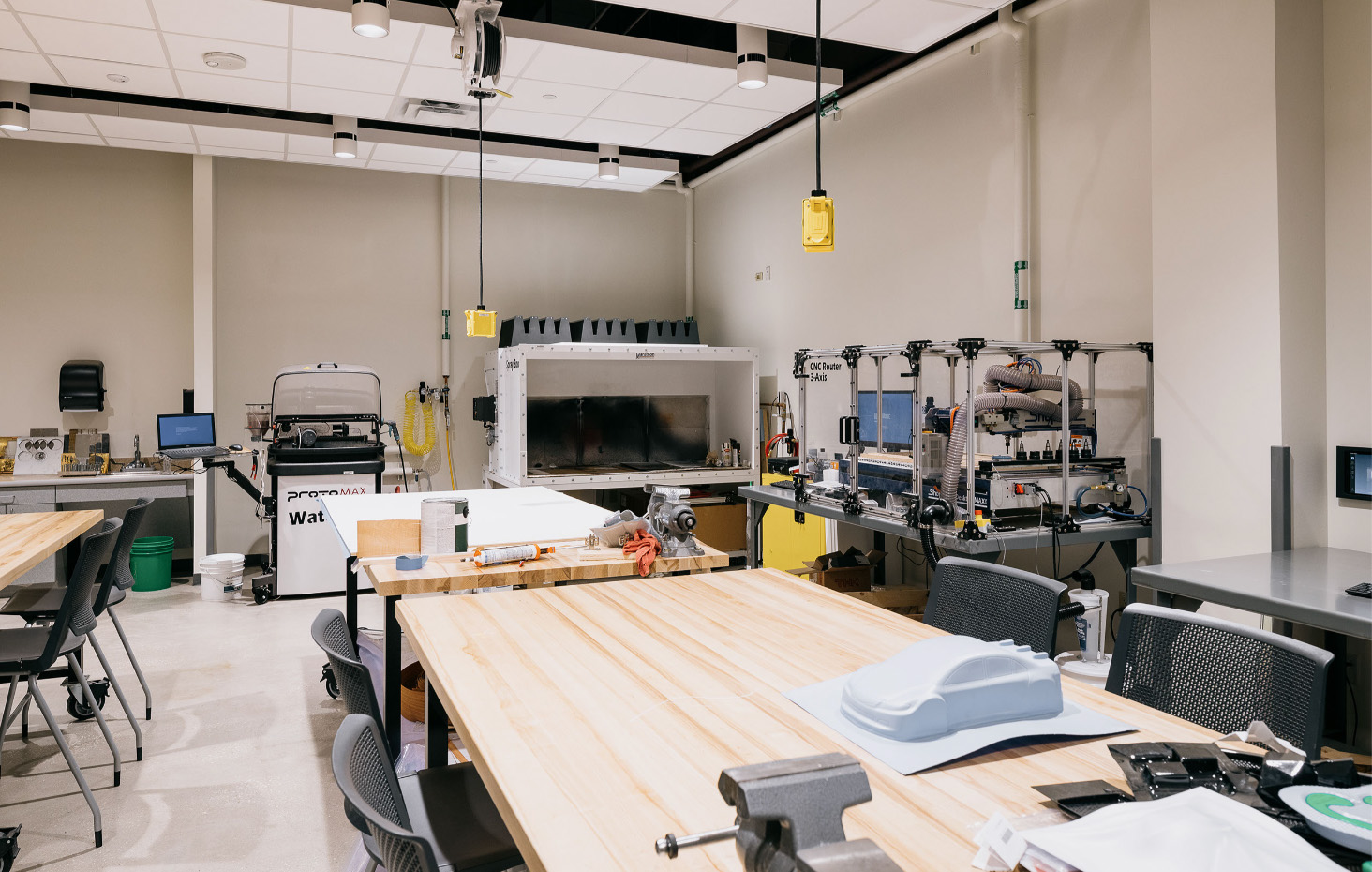
Graphic Design (DesignSpace)
The DesignSpace offers powerful editing and production workstations dedicated to the production of content for use in other Alkek One spaces. Here, students prepare vector graphics for the MakerSpace’s laser cutter, 3D models for use in the Immersion Studio, as well as a host of other content supporting the fabrication of their imaginings.
Audio/Visual Creation (YouStar Studio)
Alek’s uniquely branded “YouStar Studio” provides space to record, produce and star in audio and video productions. From podcasts to marketing videos, students and faculty produce, edit and publish multi-media content to promote their innovations. The YouStar Studio includes multiple audio and 1-button video studios as well as a production studio.
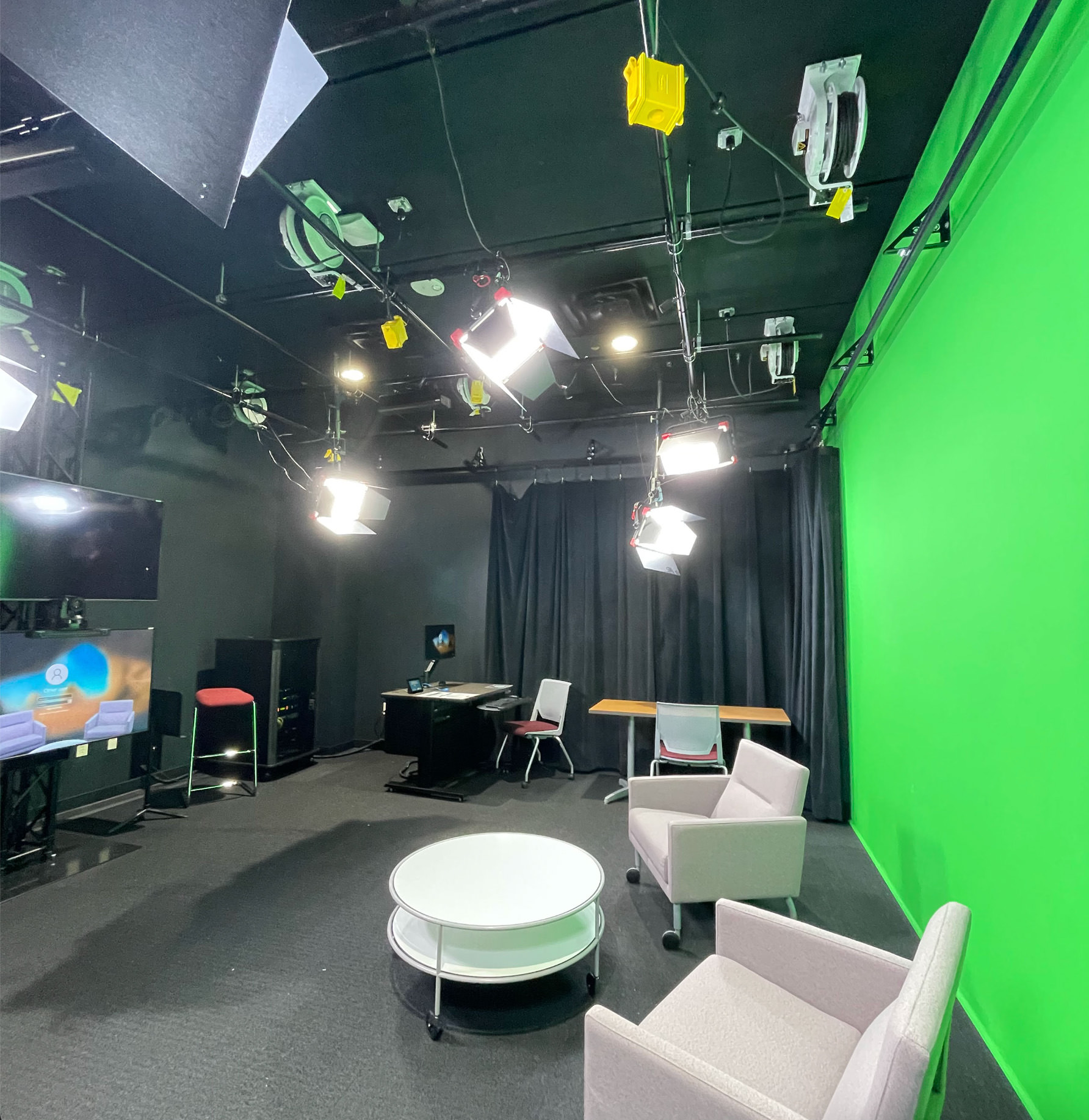
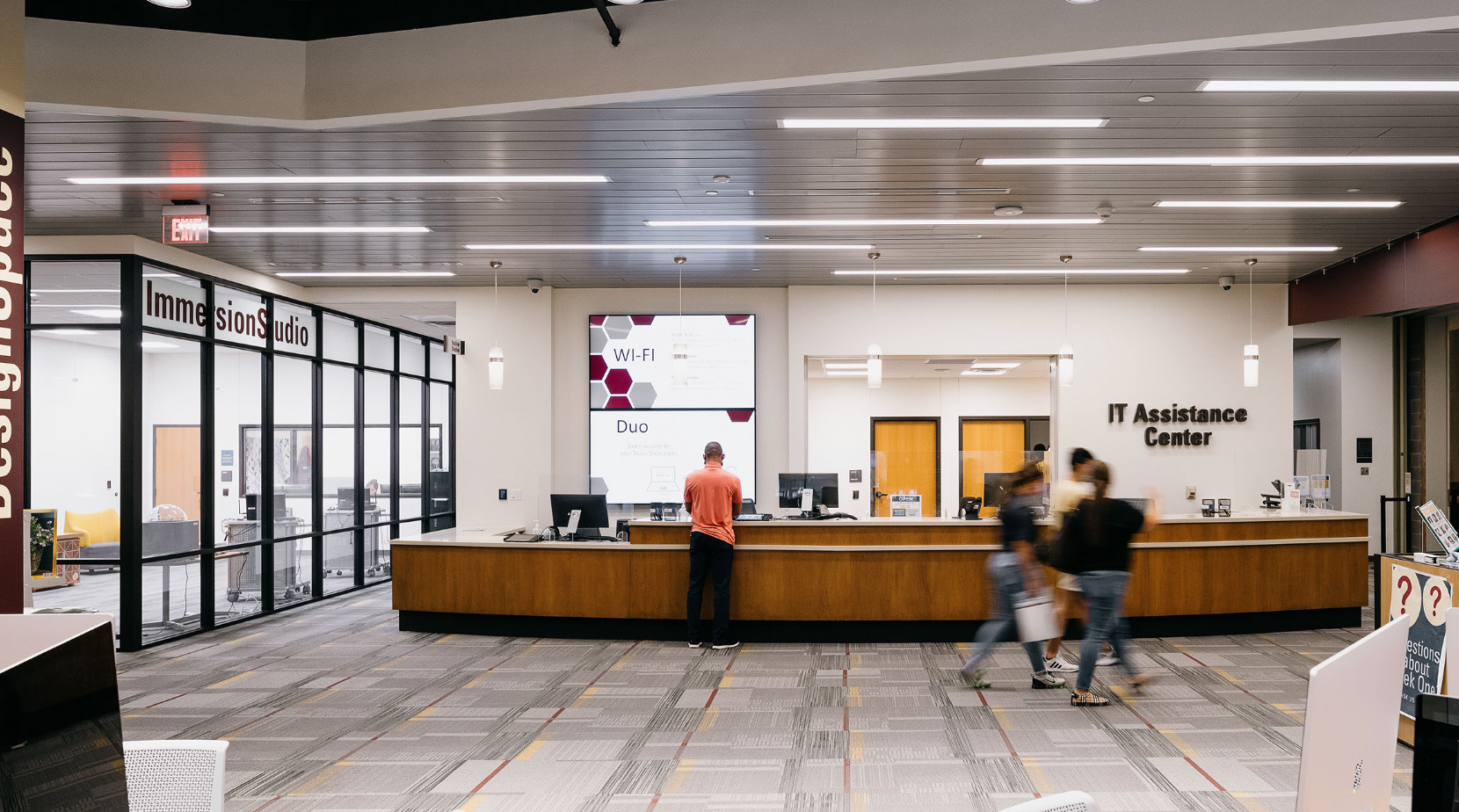
Texas State University is committed to providing its students with an immersive, collaborative and experiential learning environment.
Recognizing the impact that rapidly evolving technology poses for sophisticated maker-driven spaces like Alkek One, the library took steps to mitigate risks associated with obsolescence and underutilization.
Designing the centers and spaces of Alkek One for flexibility, allows them to evolve in stride with emerging technology. Proximity to the University’s IT Assistance Center (ITAC) facilitates equipment reservation and rental, IT support, instruction and training for students and faculty, and provides the support necessary for wide-spread adoption.